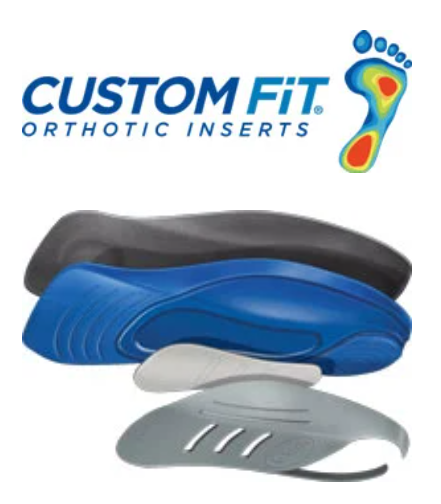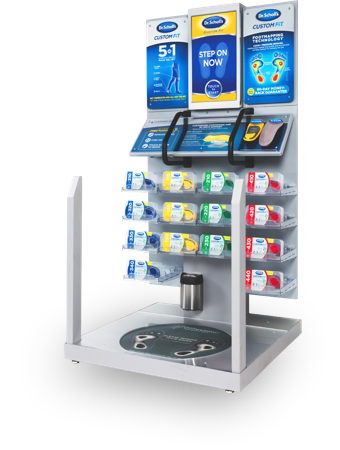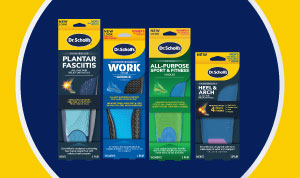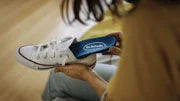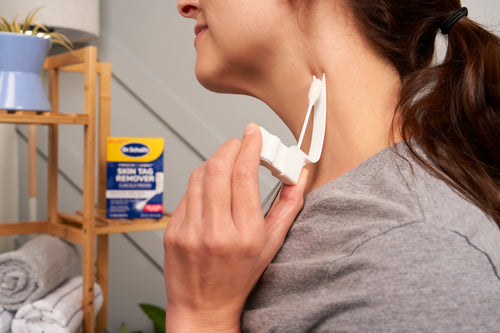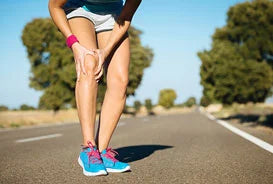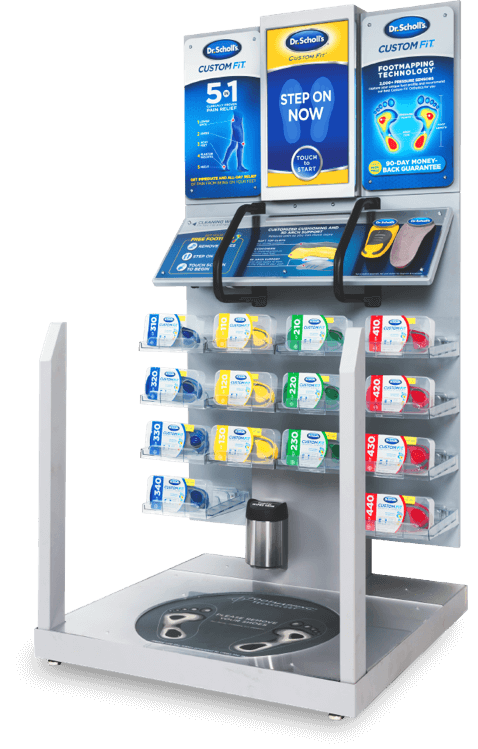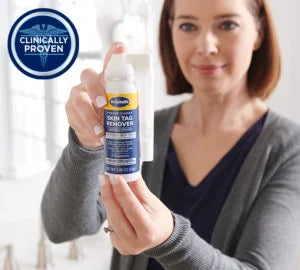Dry, rough, and cracked skin is a common skin condition that is inconvenient but can be managed. If left untreated, dermatitis can become worse. In particular, the skin on our feet do not have oil glands, so it relies on sweat and transpired moisture to keep feet moisturized. This can be problematic for people who do not properly moisturize their feet on a regular basis or who have a medical condition such as athlete’s foot that can cause excess dryness in affected areas.
THE FACTS ON DRY, ROUGH & CRACKED SKIN:
WHAT IS DRY, ROUGH & CRACKED SKIN?
Dry, rough & cracked skin on feet is often temporary, but depending upon your age, health status, activities and the environment can be a lifelong issue. Signs and symptoms of dry feet depend on your age, your health, the environment you live in, time spent outdoors, and the cause of the problem. Some of the symptoms of dry feet, especially when it comes to dry, cracked feet, include skin that looks and feels rough, a feeling of skin tightness after bathing, scaling, peeling, or flaking (light to severe), fine lines or cracks, or deep cracks that may bleed and become painful, itchiness and/or redness, gray or ashy skin, if you have dark skin. Problems can often worsen in winter months.
WHAT CAUSES DRY, ROUGH & CRACKED SKIN?
In most cases, dry skin or fissures, is not a serious condition, but it can be embarrassing and uncomfortable depending on where it is. In general, dry skin is caused by environmental factors that you can control and is usually only temporary. However, there are a few contributing factors specific to dry, cracked skin on feet, toes, and heels:
- Athlete’s Foot.
- Lack of moisture.
- Deficiencies in vitamins and minerals such as iron and zinc that can affect your heel health.
- Aging skin.
- Wearing open-back shoes.
- Wearing shoes that cause a lot of friction on your heels.
- Being overweight.
- Dry, warm
- Improper foot care.
- Prolonged standing on hard floors.
HOW TO PREVENT ROUGH, DRY OR CRACKED SKIN
Here are a few simple remedies to relieve and treat dry, rough and cracked skin:
- Moisturize: Moisturizers create a barrier that keeps moisture from escaping from your skin. You should moisturize the affected area several times a day, especially while your skin is still moist after a shower. Pat yourself dry, then apply. Thicker and heavier moisturizers work best or try oils for a longer-lasting barrier.
- Take warm, short baths: Long baths or showers in hot water take the natural oils out of your skin, leaving you feeling dryer. Keep your bathing time to 5-10 minutes and use warm (not hot!) water.
- Use gentle soaps: Avoid harsh, drying soaps in favor of more gentle cleansers. Some soaps even have added oils or fats for added moisturizing. Antibacterial soaps, fragrances, and alcohol are all drying.
- Try a humidifier: Indoor air can be hot and dry, which can make itching and flaking worse.
- Go natural: Fibers like cotton and silk let your skin breathe and are less irritating.
- To calm the itch you may wish to speak to your pharmacists for over the counter medicines that may help manage itching and inflammation.
- Drink plenty of water.
Dry, rough and cracked skin on feet can heal on its own. For more severe cases of rough, dry, or cracked skin, talk with your doctor about other treatment options.
SHOP PRODUCTS FOR DRY, ROUGH OR CRACKED SKIN
EXPLORE MORE EXPERT ADVICE FROM DR.SCHOLL'S
Related Symptoms & Conditions
Related Articles
The Ultimate Travel Packing List for Your Feet
Traveling soon? Here are top 10 items to pack for your feet to keep them going all vacation long.
Want Salon Quality Soft Feet? How to Treat Dry, Rough or Cracked Skin
In as little as 3 easy steps, we share how to get salon quality feet.
How to Pamper Your Feet at Home
Tips to create a spa experience at home that not only takes care of your feet, but makes them feel fabulous:
Why It’s So Important to Take Care of Your Feet
Foot care, tips to keep your feet healthy and continue to be active for years to come.
Frequently Asked Questions
Why are my feet so dry?
It’s common to have dry feet for a number of reasons, including:
- Lack of sebaceous glands — The soles of the feet do not have sebaceous glands, the glands that produce oils to keep the skin hydrated. This can cause the feet to become rough and dry.
- Friction — The skin on the feet often experience friction from shoes. This can contribute to skin dryness.
- Cold weather — The air is often dry during the winter months when the temperatures are colder. This can lead to dry skin on the feet.
- Hot showers and baths — Taking hot showers and baths depletes the skin of moisture and contributes to dry skin on the feet.
Why are my feet so dry even when I moisturize?
If your feet are dry even when you moisturize, you may not be using the right moisturizer at the right time. It’s best to moisturize right after showering or bathing in order to seal in the moisture and prevent evaporation. After your bath or shower, gently pat your feet dry and then apply a thick moisturizer specifically formulated for the feet. Dr. Scholl’s® Ultra Hydrating Foot Cream is very effective for hydrating and softening dry feet. The cream moisturizes deeply to sooth and repair rough, dry skin while restoring the skin’s natural moisture balance.
How to get rid of dry skin on feet
The most effective way to remove dry skin from feet is with a combination of moisturizing and exfoliating.
You can exfoliate rough, dry skin on the feet with a pumice stone or foot file. It’s best to let your feet soak in warm water for several minutes first and then gently scrub away dead skin. Try to avoid exfoliating too much at once since overly aggressive exfoliation can lead to irritation. Follow with a moisturizing foot cream.
You can also exfoliate and moisturize in a single step with Dr. Scholl’s® Ultra Exfoliating Foot Lotion. The dual action lotion gently exfoliates with alpha hydroxy acids while hydrating with a blend of moisturizing and nourishing ingredients.
What causes dry feet?
Biological and environmental factors can cause dry feet. Since the bottoms of the feet can’t produce sebum (the natural oils that keep the skin moisturized), the feet are susceptible to dryness. People also often skip their feet when using a body moisturizer, which can also contribute to dry feet. This can be especially problematic following a hot shower or bath, which can strip moisture from the skin. Dry air, which is more common during winter months, can also contribute to dry feet.
How to get dry skin off feet
In order to get rid of dry feet, try regular exfoliation. You can buff away dry skin on feet gently and gradually using a foot file or pumice stone after soaking in warm water for several minutes. It’s best to do this several times a week, reducing dry skin little by little. You can also use an exfoliating treatment such as Dr. Scholl’s® Ultra Exfoliating Foot Mask. The unique, pampering treatment features slip-on booties infused with a luxurious blend of exfoliating and moisturizing ingredients to leave feet feeling smooth and soft.
How to heal dry cracked feet
In order to heal dry, cracked feet, apply a thick, moisturizing foot cream or balm regularly after showering or bathing. Dr. Scholl’s Severe Cracked Heel Balm is formulated specifically for severely cracked skin on the heels of the feet. The stick applicator makes it easy to apply to problem areas. The thick formula hydrates while filling in painful cracks, leaving behind a protective layer of moisture to help promote healing and calm irritated skin.
Why are my feet so dry and cracked?
It’s common to develop dry, cracked feet, especially on the heels. The problem is most common during the winter months when the air tends to lack moisture. Because the bottoms of the feet don’t produce oil glands, the skin can quickly become dehydrated. To make matters worse, wearing sandals and other shoes that are open at the heel can further expose the skin to dry conditions.
Additional Resources
- https://www.healthline.com/health/skin-disorders/cracked-heels
- https://www.medicalnewstoday.com/articles/324909
- https://my.clevelandclinic.org/health/body/24538-sebaceous-glands
- https://newsnetwork.mayoclinic.org/discussion/mayo-clinic-q-and-a-take-steps-at-home-to-manage-dry-cracked-heels
- https://www.healthline.com/health/how-to-remove-dead-skin-from-feet#prevention

